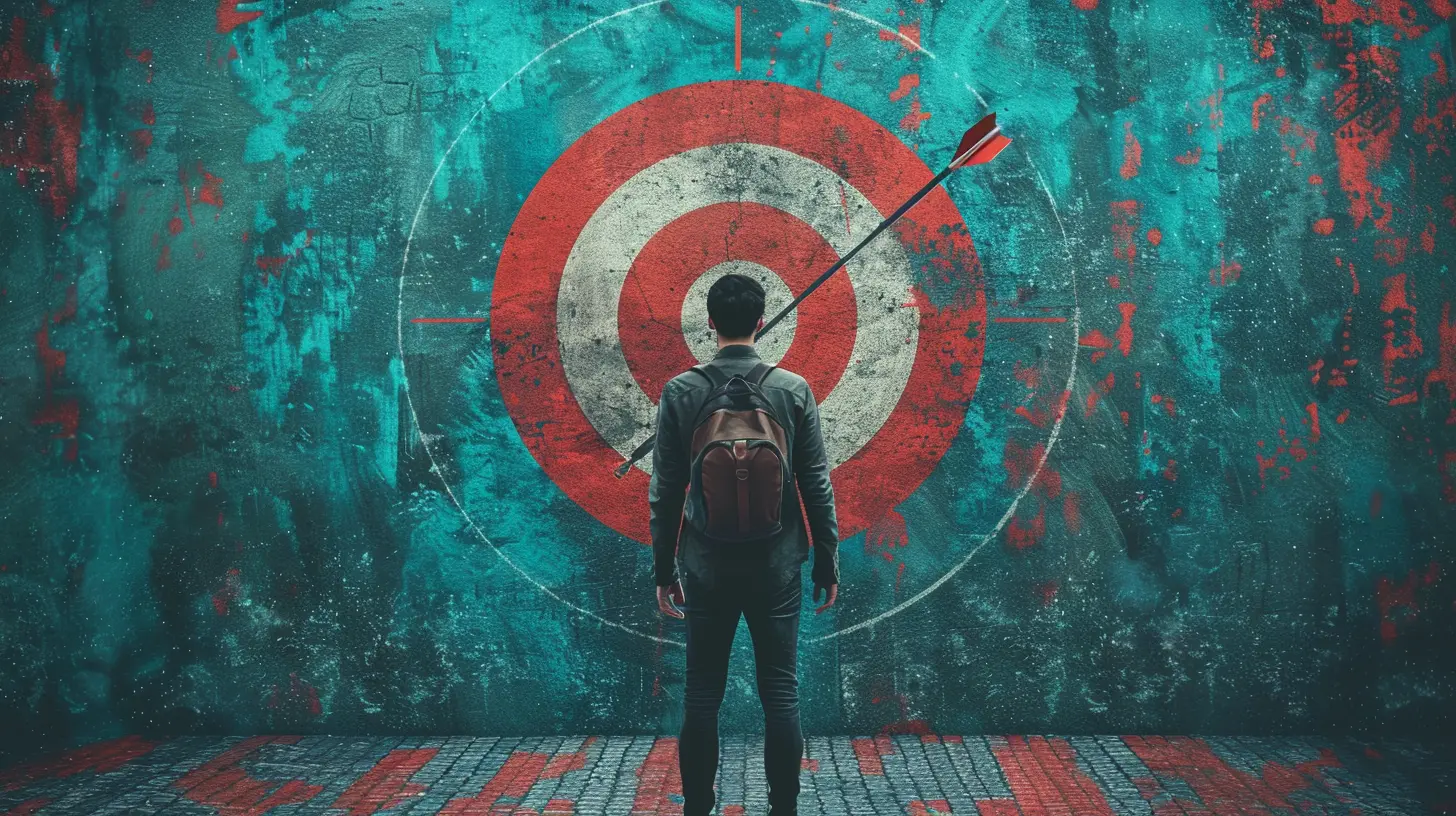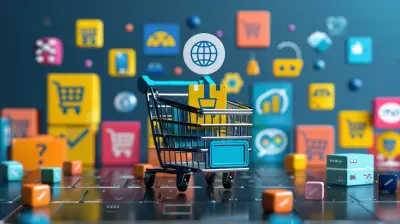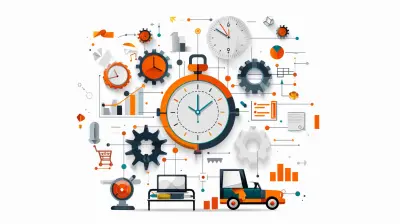Understanding the Buyer’s Journey to Optimize Your Sales Approach
27 July 2025
Let’s be honest—trying to sell your product or service without understanding your customer is like throwing darts blindfolded. You might hit the target every now and then, but chances are, you’ll miss way more often. That’s where understanding the buyer’s journey comes in. It helps you take off the blindfold and hit that bullseye more often.
In this guide, we're going to break down the buyer’s journey, stage by stage. You’ll learn how your target audience thinks, what they need at each step, and how you can position yourself as the solution they're looking for. Ready to level up your sales approach? Let’s dive in.
What is the Buyer’s Journey?
The buyer’s journey is the process potential customers go through before making a purchase. It’s not linear and not the same for everyone, but most people follow a similar path that includes three main stages:1. Awareness Stage
2. Consideration Stage
3. Decision Stage
Think of it like dating. First, they notice you (Awareness), then they want to know more (Consideration), and finally, they decide if they want to commit (Decision). Let’s break it down.
Stage 1: The Awareness Stage – “I Think I Have a Problem”
In this stage, the buyer realizes they have a problem or need but might not fully understand what it is yet. They’re not ready to buy—they’re just starting to recognize something’s off.What’s Going On in Their Head?
Imagine someone Googling symptoms because their car’s making a weird noise. They’re not looking for a mechanic just yet—they’re trying to figure out why their car is clunking.What Should You Do Here?
Your job is to educate. You want to provide valuable content that helps them define their problem. This isn’t the time to pitch your product.Content That Works:
- Blog posts- How-to guides
- Infographics
- Educational videos
- Ebooks
Pro Tip:
Use keywords that focus on problems, questions, or symptoms. For example, “Why does my website load slowly?” instead of “Best web hosting provider.”
Stage 2: The Consideration Stage – “Let Me Weigh My Options”
Now that the buyer understands their problem, they start looking for possible solutions. They’re not buying yet, but they’re weighing which approaches might solve their issue.What’s Going On in Their Head?
Think of someone deciding between fixing their old car or trading it in for a new one. They know they have options, and now they’re doing their homework.What Should You Do Here?
This is your chance to show up as a credible option. Help them compare the different solutions out there—including what you offer.Content That Works:
- Comparison guides- Webinars
- Case studies
- Product videos
- Pros and cons lists
Pro Tip:
Use keywords like “best,” “vs.,” “how to choose,” and “solution for [problem].” Help them evaluate, not commit.
Stage 3: The Decision Stage – “I’m Ready to Buy”
Finally, the buyer has narrowed down their options and is ready to make a purchasing decision. They just need that final push. They’re looking at pricing, reviews, guarantees, and anything that will tip the scale.What’s Going On in Their Head?
They’ve done their homework and just need reassurance. Think of them standing in front of the car dealership, keys in hand, trying to decide if it’s the right car.What Should You Do Here?
This is where you go in for the close. Highlight why your product or service is the best choice, address any last-minute doubts, and make the buying process easy.Content That Works:
- Free trials or demos- Testimonials
- Pricing pages
- Live chats or consultations
- Customer reviews
Pro Tip:
Focus on trust, proof, and convenience. Make it simple for them to say “yes.”Mapping Content to the Buyer’s Journey
Let’s put it all together. Here’s a handy cheat sheet to match your content to each stage:| Buyer’s Journey Stage | Buyer’s Mindset | Best Type of Content |
|------------------------|--------------------------------|---------------------------------------|
| Awareness | “I have a problem.” | Blog posts, how-tos, infographics |
| Consideration | “I’m looking for solutions.” | Case studies, webinars, comparisons |
| Decision | “I’m ready to choose.” | Testimonials, trials, pricing pages |
By mapping content to the journey, you ensure you’re speaking their language at every turn.
Aligning Your Sales Approach to the Journey
Too often, businesses try to sell in the Awareness stage or offer educational content in the Decision stage. It’s like proposing on a first date—not a good look.Here’s how to adjust your sales tactics:
Don’t Sell Too Soon
In the early stages, focus on helping, not closing. Be a guide, not a salesperson.Be Present at the Right Time
Use retargeting, email nurturing, and content marketing to carry prospects along the journey. Don’t expect them to leap from “I have a problem” to “Take my money” in one click.Use Data to Your Advantage
Track what content your leads are engaging with. Are they reading blog posts? Likely in the Awareness stage. Downloading product comparisons? You’ve got someone in Consideration.Common Mistakes to Avoid
Even with the best intentions, businesses often trip up. Here are a few traps to avoid:1. Being Too Pushy Early On
Selling too early can scare people off. They’re not ready yet—give them space.2. Not Following Up
If you wait for the buyer to come back on their own, you might lose them. Gently nurture them with personalized emails and remarketing.3. Using One-Size-Fits-All Messaging
Tailor your communication based on where they are. A “Buy Now” button isn’t helpful to someone still learning about their problem.How the Buyer’s Journey Powers Your Marketing Funnel
Think of your marketing funnel and buyer’s journey as two sides of the same coin. The buyer’s journey gives you the map, and your marketing funnel gets them from point A to point B.Here’s how they align:
- Top of Funnel (ToFu) = Awareness Stage
- Middle of Funnel (MoFu) = Consideration Stage
- Bottom of Funnel (BoFu) = Decision Stage
By syncing your content and sales strategies to the journey, you create a seamless path that leads to more conversions.
Using Buyer Personas to Personalize the Journey
Let’s add a layer of personalization. Not all buyers are the same, right? That’s why creating buyer personas is so important. A buyer persona is a semi-fictional character based on your ideal customer.How Do They Help?
Personas help you tailor your messaging, content, and approach to different types of buyers. Whether it's a budget-conscious shopper, a tech-savvy researcher, or an indecisive decision-maker—they each move through the journey differently.Final Thoughts
The days of hard selling are over. Today’s buyers are informed, cautious, and in control. Your job isn’t to sell—it's to guide. By understanding the buyer’s journey, you shift from being just another seller to becoming a trusted advisor.So, take the time to align your content, marketing, and sales strategies with the stages of the journey. Meet your buyers where they are. Speak their language. And when they’re ready? You’ll be the obvious choice.
Remember, sales isn’t about closing deals—it’s about opening relationships.
all images in this post were generated using AI tools
Category:
Sales StrategiesAuthor:

Caden Robinson
Discussion
rate this article
1 comments
Kenneth Frye
In the dance of commerce, knowledge leads the way; Mapping the buyer’s journey, insights light the day. With each step embraced, sales flourish and grow, A symphony of success in the flow.
August 9, 2025 at 12:56 PM

Caden Robinson
Thank you for beautifully capturing the essence of the buyer's journey! Your words emphasize the vital role of insights in driving successful sales.


